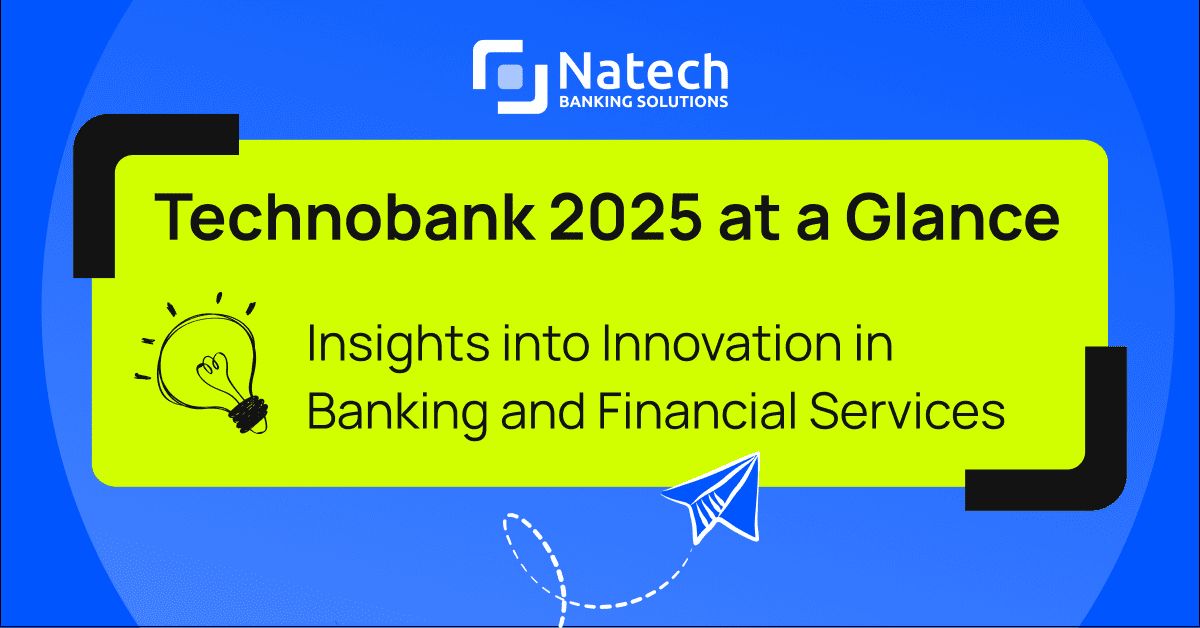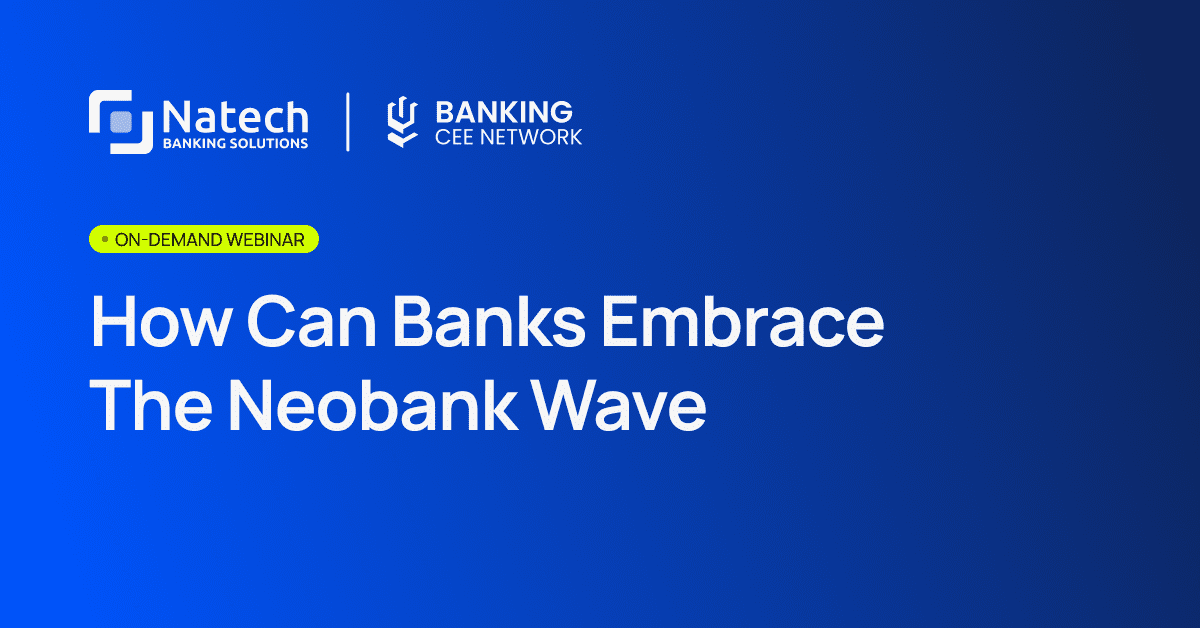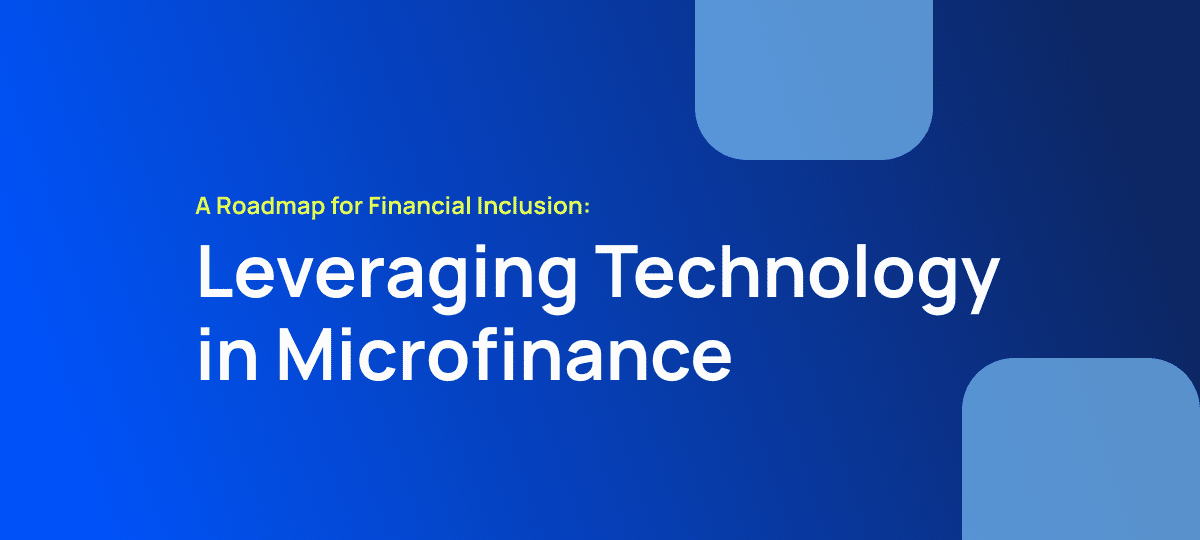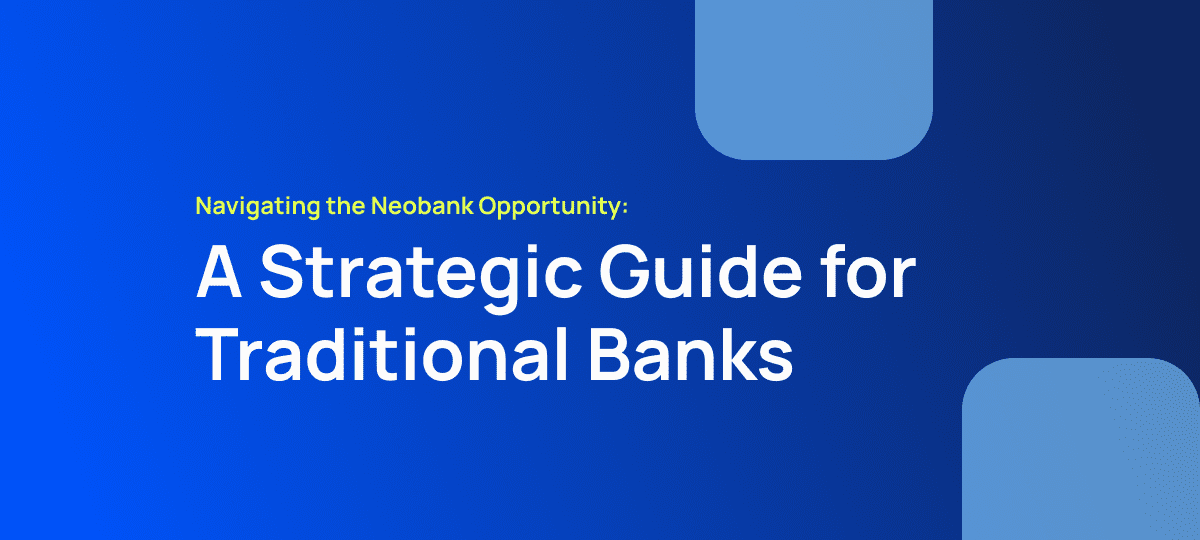Credit Decisioning is Key to Redefining Lending in the Digital Era

Lending has taken a gigantic leap in the digital era, with strong growth in microlending, checkout lending, buy-now-pay-later (BNPL), and peer-to-peer lending. The growth is triggered by accessibility, as these loans are available right on the mobile app and leveraging them takes only a few taps.
The lending space is also evolving rapidly to accommodate the dynamic needs of borrowers. The difference between payments and lending is decreasing. With the digitization of the entire banking and finserv ecosystem, the process of assessing a borrower’s creditworthiness has also completely transformed. Credit decisioning must evolve into a robust process that equips lenders to deliver fast while better managing risks.
Credit-Decisioning in the Digital Age
The process of credit decisioning involves assessing borrowers’ credit reports, financial statements, credit patterns, spending behaviors, income proofs, and credit ratings. Credit decisioning has become even more complex, with the ubiquity of instant loans in multiple forms across the fintech space and the mushrooming of access channels, such as e-commerce sites and merchant POS (point of sale) devices. PeerIQ, for instance, has nailed data sniffing to enable transparent and responsible decision-making with a SaaS platform. It sifts through the sea of data for lending managers, asset evaluation managers and credit officers.
The traditional credit decisioning process is not robust enough to assess the creditworthiness of the new segment of impatient borrowers, Gen Z, as they do not have a long credit history or high credit scores to rely on. Here’s where Banking as a Service (BaaS) comes in, to simplify the process, yet make it more robust. It also helps expedite decisioning to provide instant loans, by leveraging technology to plug the gaps in the financial ecosystem. Take Affirm for instance, which offers point-of-sale instalment loans that provide customers greater financial flexibility.
High-performance credit decisioning models are being used by providers to offer personalized products and services with customized terms and conditions. These may include setting the credit limit, interest rate, repayment terms, etc. New-age credit decisioning helps make credit extension more responsible, preventing borrowers from taking more debt than they can afford to repay.
Benefits of Technology-Driven Credit Decisioning
According to a McKinsey report, banks that have embraced digital lending by leveraging credit-decisioning models by overriding traditional, inflexible, and subjective creditworthiness assessments have realized several benefits.
These include an improvement of 5% to 15% in revenues, with increased acceptance rates, reduced cost of acquisitions, and improved customer experience. Further, expedited decisioning reduces slippage, which is the most common culprit for delayed credit approvals.
Neat Loans is a housing finance provider that is able to close home loan applications within just two weeks of initiation, with only a 15-minute application process. This is more than 3X faster than the traditional lending process. Banks have been able to reduce credit-loss rates by 20% to 40% with models that can determine the likelihood of default by a borrower. These models leverage analytics and machine learning-based techniques to analyze and predict user spending and repayment behaviors.
Blend’s digital lending platform has facilitated a reduction in application processing time through omnichannel engagement of clients and leverages AI for thoroughly assessing the application and predicting a user’s repayment capabilities.
Case prioritization and automation in data extraction have facilitated straight-through processing for low risk-cases, thereby improving the efficiency of lending processes by up to 40%.
New Age Credit Decisioning Models
The emergence of low-code and no-code engines has enabled lenders to automate the decision-making process. AI-powered machine learning systems are even capable of updating lending models to address unique customer requirements. With rule-based automation, lending institutions, like banks and fintech firms, can make better decisions in less time.
- They can streamline the underwriting process to swiftly analyze a large number of applications.
- The decisioning criteria can be tailored to the organization’s risk appetite, customer segments, and regulatory framework.
- Leveraging credit decisioning models helps in real-time risk and borrower creditability analysis, which allows financial institutions to instantly offer micro and neo-loans.
- Borrower assessment automation enhances scalability while following a pragmatic approach to providing credit access to the underserved.
Profitable and Efficient Underwriting
Despite a borrower’s creditworthiness, the lender’s internal processes and risk management must be considered before extending a credit facility. This involves:
- Defining counterparty relationships and credit hierarchy structures to gauge total exposure.
- Conducting risk aggregation for the single entity as well as entity groups.
- Assessing risk mitigation allocations across entity hierarchies.
- Making internal risk appetite a part of lending strategy development.
Future of Credit Decisioning
Here’s what banks and fintech firms need to focus on:
- Tapping into new and ever-growing sources of data.
- Using predictive analysis to understand customer behaviors more accurately.
- Reacting faster to the dynamic and evolving lending landscape.
They need sophisticated decision models that expedite lending as well as facilitate comparative analysis to identify areas of weakness or points of failure.
They can leverage deep analytics to mine credit signals. For instance, analyzing a customer’s rent and utility payments against their income may help a bank analyze the changing credit requirements or repayment capabilities.
Technologies like machine learning (ML) can help create new customer segments for different sizes and types of credit requirements. And predictive analysis may facilitate enriching the credit offerings to meet divergent customer requirements. Tala is a consumer lender that helps customers build credit by underwriting loans using mobile phone data, such as social connections, payments, bills, etc. It determines the individual creditworthiness of borrowers and facilitates loans through alternative methods.
Finally, assessing the credit-decisioning model is essential to ensure it facilitates credit risk management for lenders while improving customer accessibility. Banks can also automate challenger models to assess credit risk models, improving the decision-making process in the dynamic financial ecosystem.
Redefining Lending
To enable fast loan disbursement with adequate credit assessment, it’s important to leverage advanced technology. Natech is a leading financial technology provider that facilitates the transformation of lending technology. The API-based tools can be integrated seamlessly to enhance lending processes and credit-decisioning within banks and fintechs. The BaaS-enabled embedded finance facilities enable credit decisioning right at the point of sales. Natech has facilitated digital loan origination and credit scoring for Ziraat Bank and Greek Cooperative banks like the Cooperative Bank of Epirus and the Cooperative Bank of Karditsa.












